Back to Courses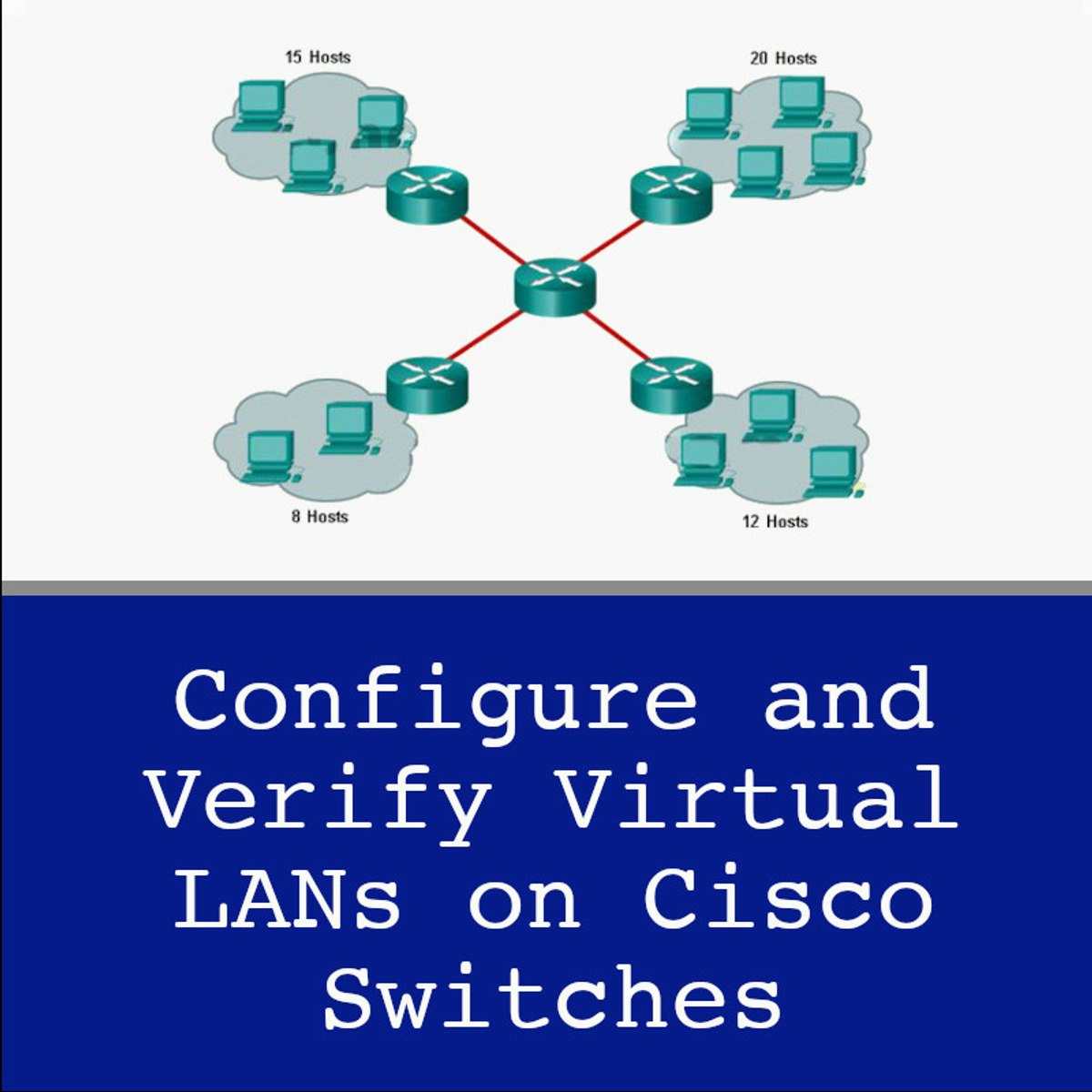
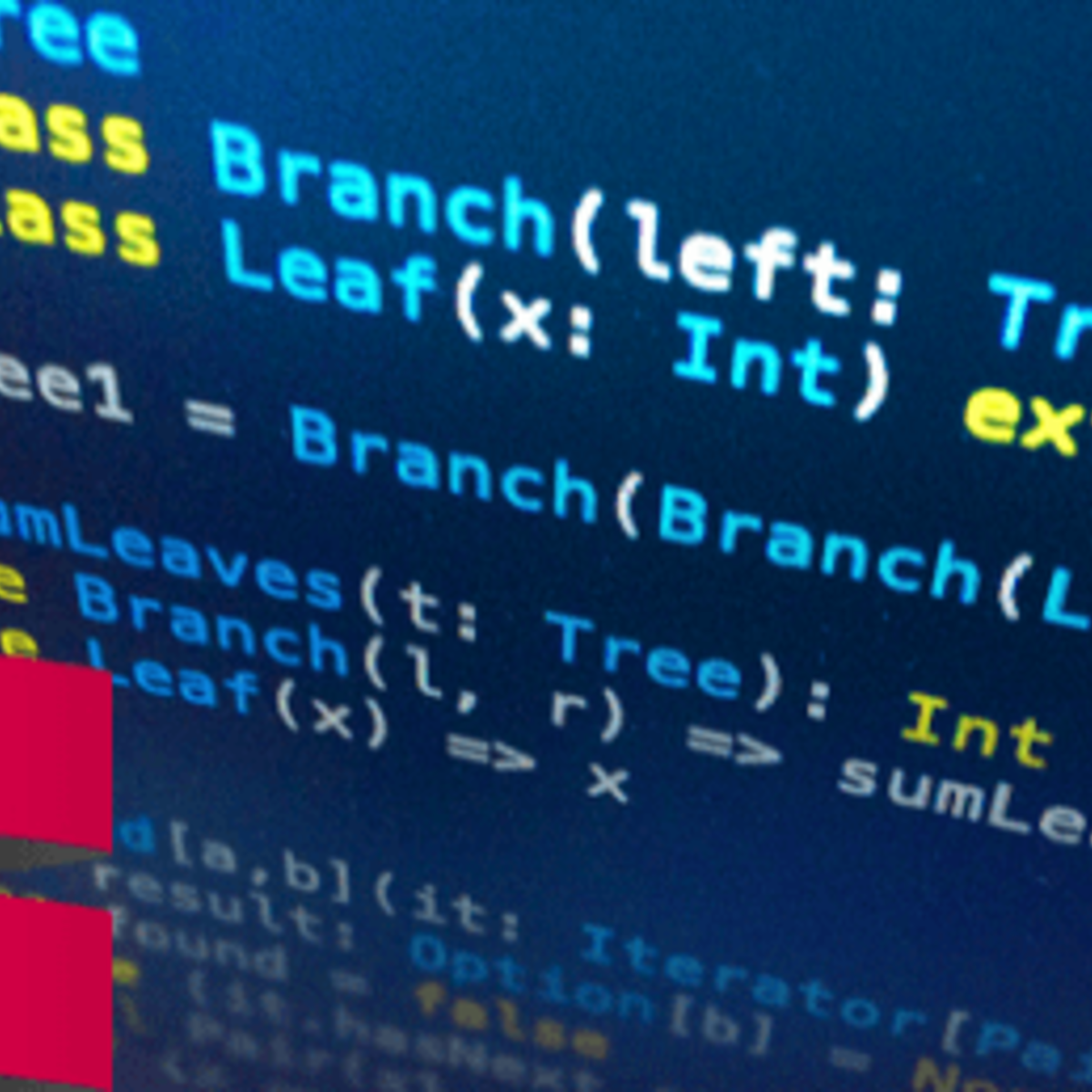
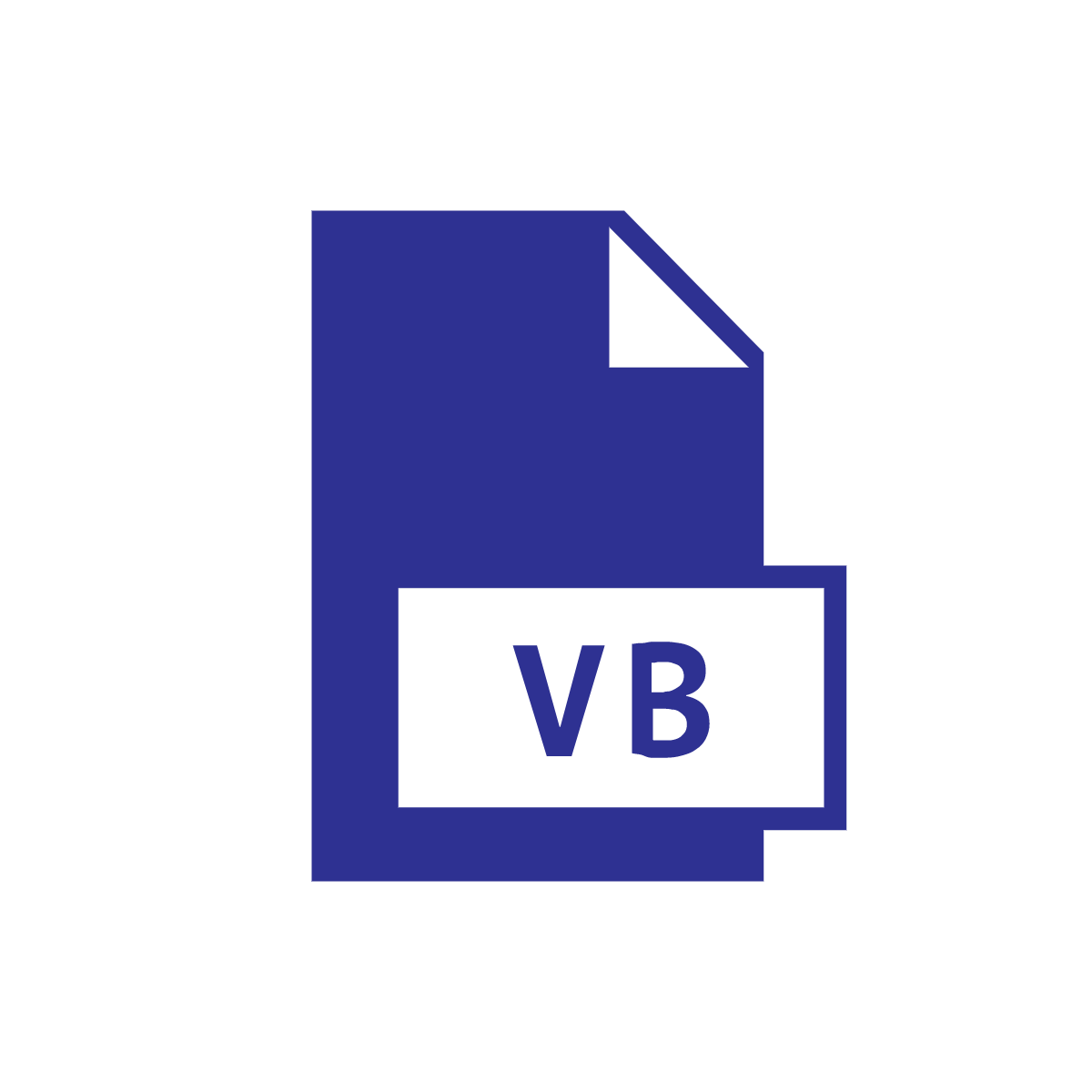



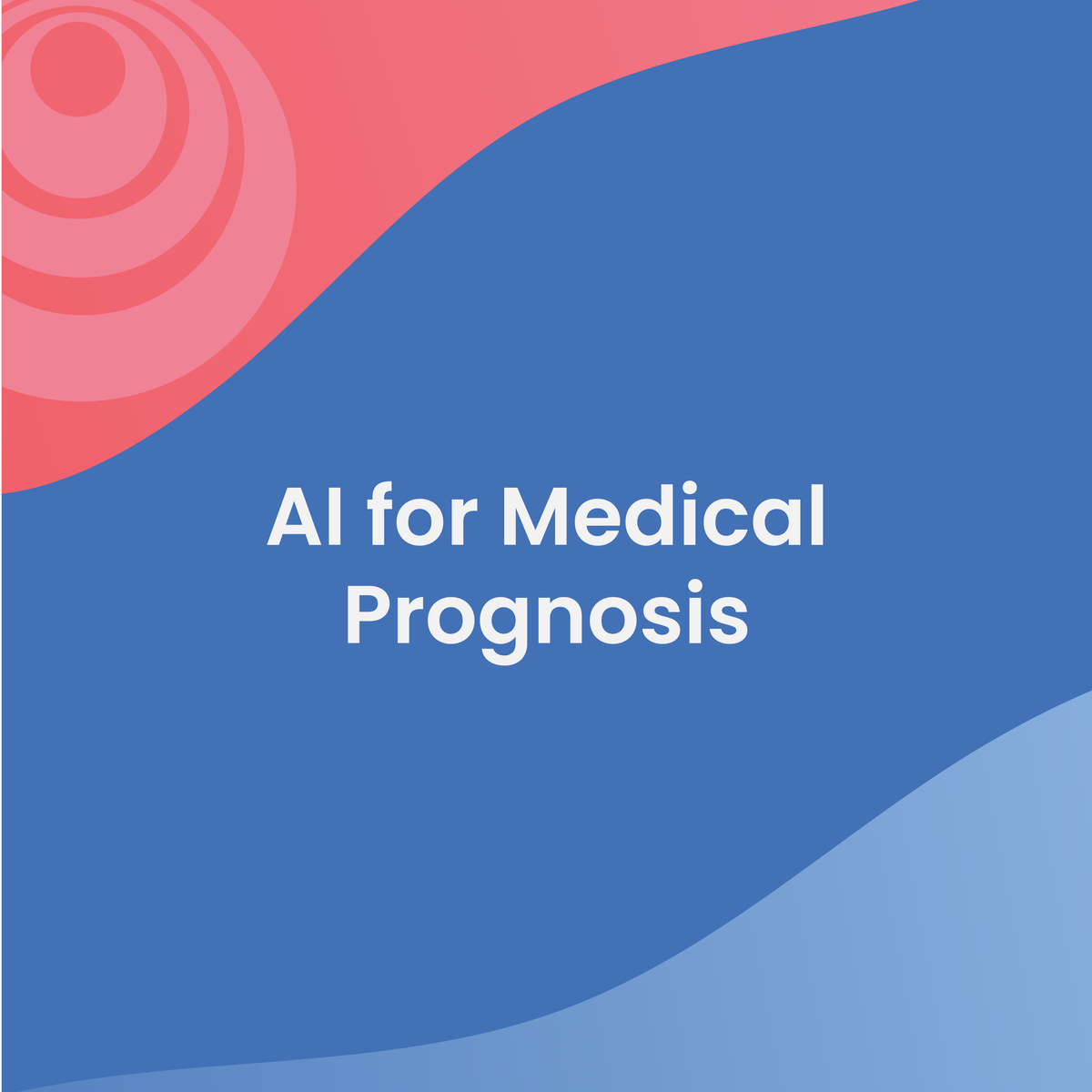
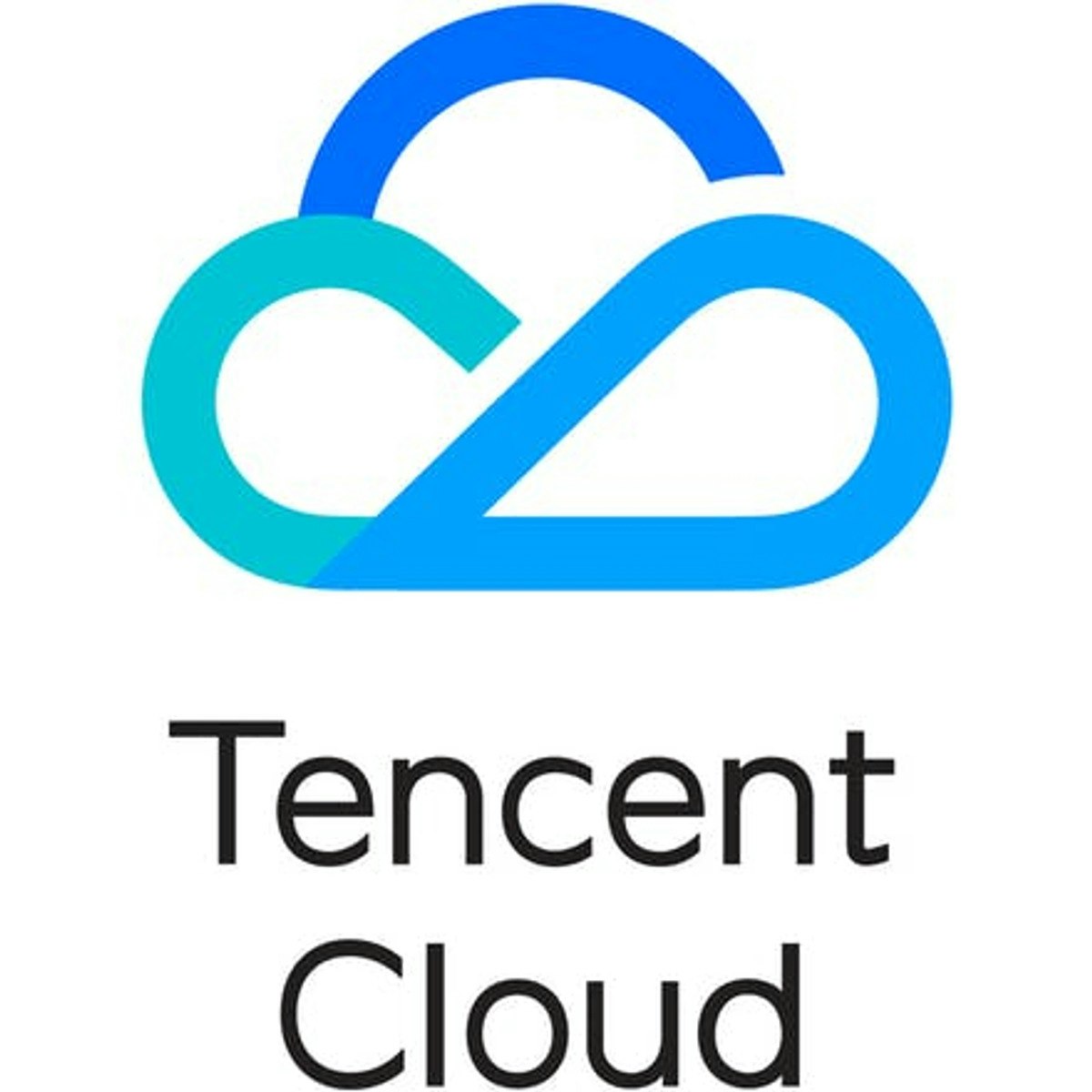

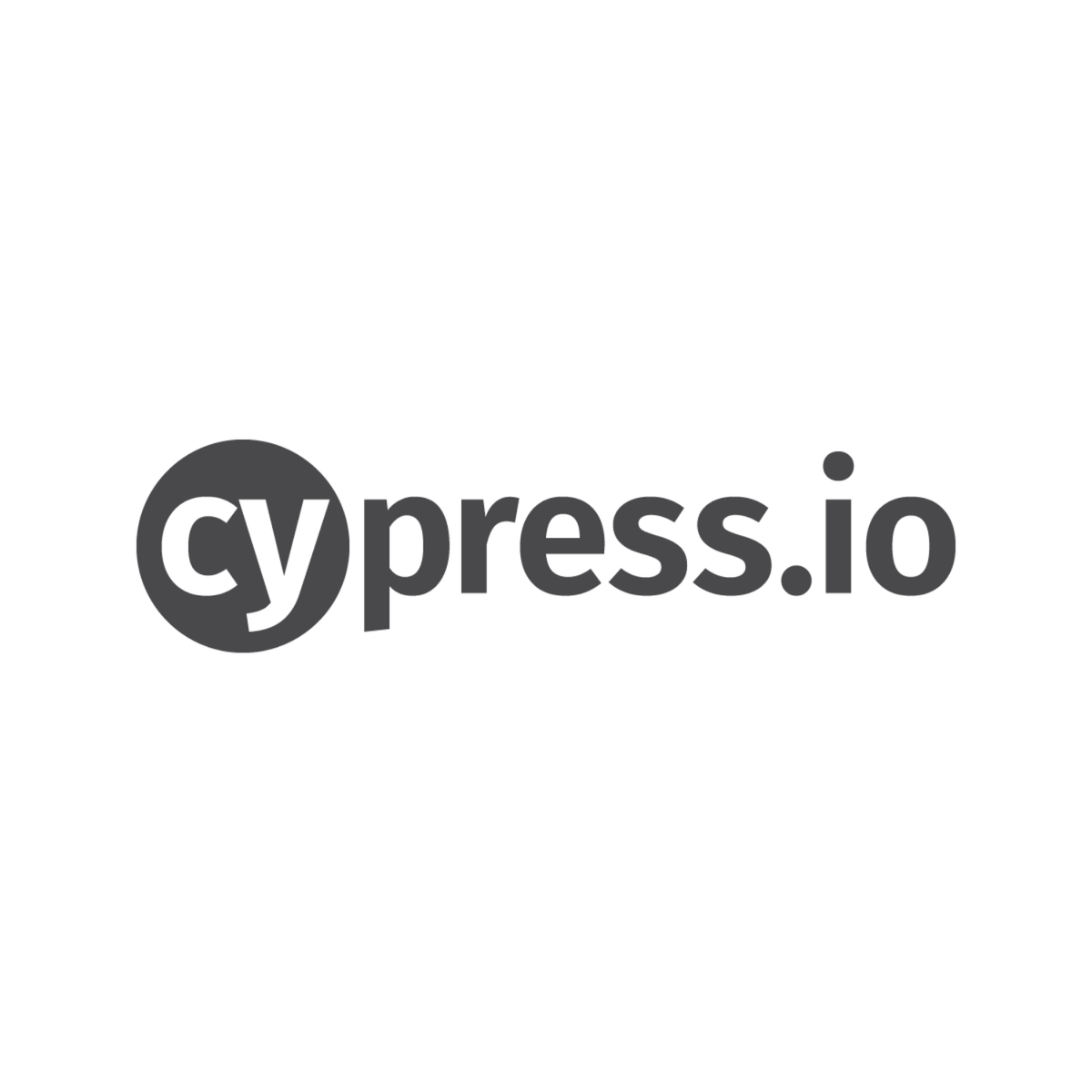
Computer Science Courses - Page 88
Showing results 871-880 of 2309

Configure VLANs on Cisco Switches
Welcome to the CCNA 1.4: Configuring VLANs on Cisco Switches. This project is the fourth in the guided-projects series that is designed to help you acquire the hands-on skills required to pass the CCNA certification exam.
In this 2-hour guided project, you will create virtual LANs on Cisco switches and assign switch ports to them, you set up data and voice VLANS, verify VLANS settings, delete VLANs, and set up VLANs routing.

Big Data Analysis with Scala and Spark (Scala 2 version)
Manipulating big data distributed over a cluster using functional concepts is rampant in industry, and is arguably one of the first widespread industrial uses of functional ideas. This is evidenced by the popularity of MapReduce and Hadoop, and most recently Apache Spark, a fast, in-memory distributed collections framework written in Scala. In this course, we'll see how the data parallel paradigm can be extended to the distributed case, using Spark throughout. We'll cover Spark's programming model in detail, being careful to understand how and when it differs from familiar programming models, like shared-memory parallel collections or sequential Scala collections. Through hands-on examples in Spark and Scala, we'll learn when important issues related to distribution like latency and network communication should be considered and how they can be addressed effectively for improved performance.
Learning Outcomes. By the end of this course you will be able to:
- read data from persistent storage and load it into Apache Spark,
- manipulate data with Spark and Scala,
- express algorithms for data analysis in a functional style,
- recognize how to avoid shuffles and recomputation in Spark,
Recommended background: You should have at least one year programming experience. Proficiency with Java or C# is ideal, but experience with other languages such as C/C++, Python, Javascript or Ruby is also sufficient. You should have some familiarity using the command line. This course is intended to be taken after Parallel Programming: https://www.coursera.org/learn/parprog1.
Note that this version of the course uses Scala 2.13. You can find a more recent version of the course that uses Scala 3 here: https://www.coursera.org/learn/scala-spark-big-data

Introduction to Visual Basic Programming
This course is the second course in a series that aims to prepare you for a role working as a programmer. In this course, you will be introduced to the five main concepts in procedural programming: user input, console output, variable declaration and assignment, decision branching and iteration. Labs will allow the students to apply the material in the lectures in simple computer programs designed to re-enforce the material in the lesson. Learners will need to have a local machine with any one of the following operating systems; Windows 7 SP1 or higher, macOS 10.1.13 or higher, or almost any version of Linux from the last several years. The learner will either need to download the free community edition of Visual Studio or the open source .NET Core installation. We will walk you through the process of getting your local environment set up as part of the course.

RESTful Microservices Performance Monitoring with Actuators
In this guided project you will be given a walkthrough of an Employee Management System application builded using Spring Boot Framework. Then you will configure actuators in this application for the purpose of monitoring various performance metrics of this application. Along the way you will also gain some deep understanding about a few actuators endpoints like Health endpoint, Info endpoint, Metrics endpoint and you will also learn about where these actuator endpoints are most useful in industrial and enterprise scenarios.
By the end of this project, you will be able to configure various actuator endpoints in any given spring boot project and monitor various performance metrics.

Parallel Programming in Java
This course teaches learners (industry professionals and students) the fundamental concepts of parallel programming in the context of Java 8. Parallel programming enables developers to use multicore computers to make their applications run faster by using multiple processors at the same time. By the end of this course, you will learn how to use popular parallel Java frameworks (such as ForkJoin, Stream, and Phaser) to write parallel programs for a wide range of multicore platforms including servers, desktops, or mobile devices, while also learning about their theoretical foundations including computation graphs, ideal parallelism, parallel speedup, Amdahl's Law, data races, and determinism.
Why take this course?
• All computers are multicore computers, so it is important for you to learn how to extend your knowledge of sequential Java programming to multicore parallelism.
• Java 7 and Java 8 have introduced new frameworks for parallelism (ForkJoin, Stream) that have significantly changed the paradigms for parallel programming since the early days of Java.
• Each of the four modules in the course includes an assigned mini-project that will provide you with the necessary hands-on experience to use the concepts learned in the course on your own, after the course ends.
• During the course, you will have online access to the instructor and the mentors to get individualized answers to your questions posted on forums.
The desired learning outcomes of this course are as follows:
• Theory of parallelism: computation graphs, work, span, ideal parallelism, parallel speedup, Amdahl's Law, data races, and determinism
• Task parallelism using Java’s ForkJoin framework
• Functional parallelism using Java’s Future and Stream frameworks
• Loop-level parallelism with extensions for barriers and iteration grouping (chunking)
• Dataflow parallelism using the Phaser framework and data-driven tasks
Mastery of these concepts will enable you to immediately apply them in the context of multicore Java programs, and will also provide the foundation for mastering other parallel programming systems that you may encounter in the future (e.g., C++11, OpenMP, .Net Task Parallel Library).

Deep Learning for Real Estate Price Prediction
In this hands-on guided project, we will predict real estate prices with deep learning. In this project, we will predict home sale prices in King County in the U.S. between May, 2014 and May, 2015 using several features such as number of bedrooms, bathrooms, view, and square footage. This guided project is practical and directly applicable to the real estate industry. You can add this project to your portfolio of projects which is essential for your next job interview.

AI for Medical Prognosis
AI is transforming the practice of medicine. It’s helping doctors diagnose patients more accurately, make predictions about patients’ future health, and recommend better treatments. This Specialization will give you practical experience in applying machine learning to concrete problems in medicine.
Machine learning is a powerful tool for prognosis, a branch of medicine that specializes in predicting the future health of patients. In this second course, you’ll walk through multiple examples of prognostic tasks. You’ll then use decision trees to model non-linear relationships, which are commonly observed in medical data, and apply them to predicting mortality rates more accurately. Finally, you’ll learn how to handle missing data, a key real-world challenge.
These courses go beyond the foundations of deep learning to teach you the nuances in applying AI to medical use cases. This course focuses on tree-based machine learning, so a foundation in deep learning is not required for this course. However, a foundation in deep learning is highly recommended for course 1 and 3 of this specialization. You can gain a foundation in deep learning by taking the Deep Learning Specialization offered by deeplearning.ai and taught by Andrew Ng.

Tencent Cloud Solutions Architect Associate
This course is primarily aimed at cloud professionals who are interested in learning about Tencent Cloud's cloud architectures. It equips learners with a foundational knowledge in cloud architecture design and prepares them to take the Tencent Cloud Solutions Architect Associate examination. After completing this course, learners will be able to design cloud solutions that incorporate the principles of high availability, high security, high scalability, and cost optimization.

On Premises Capacity Upgrade and Monitoring with Google Cloud's Apigee API Platform
Learn how to upgrade capacity for the Apigee for private cloud platform installation, and how to monitor the platform.

Cypress end to end testing and intercepting network call
Cypress is a complete end-to-end test automation tool built to test modern-day web applications.
Cypress is used by developers or QA engineers building web applications using modern JavaScript frameworks.
In this hands-on guided project, you will learn —
1. Architecture of Cypress and a new way of UI automation testing
2. Controlling the network traffic
3. Intercepting HTTP request calls
4. Intercepting and updating HTTP request/response
